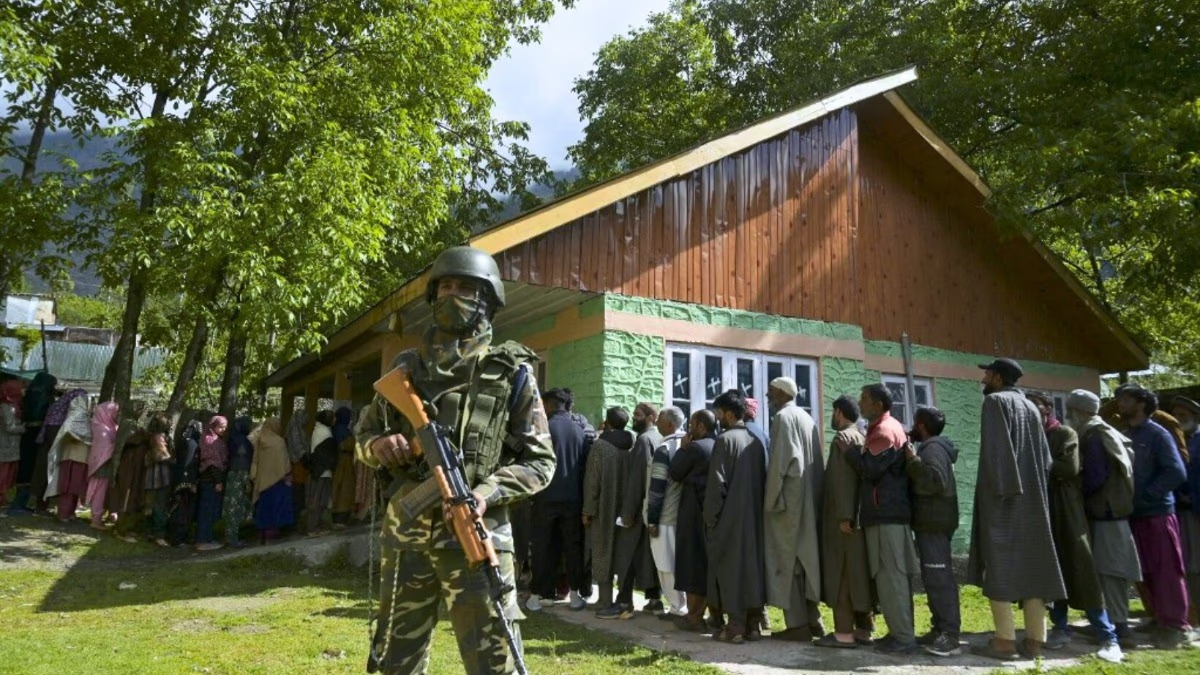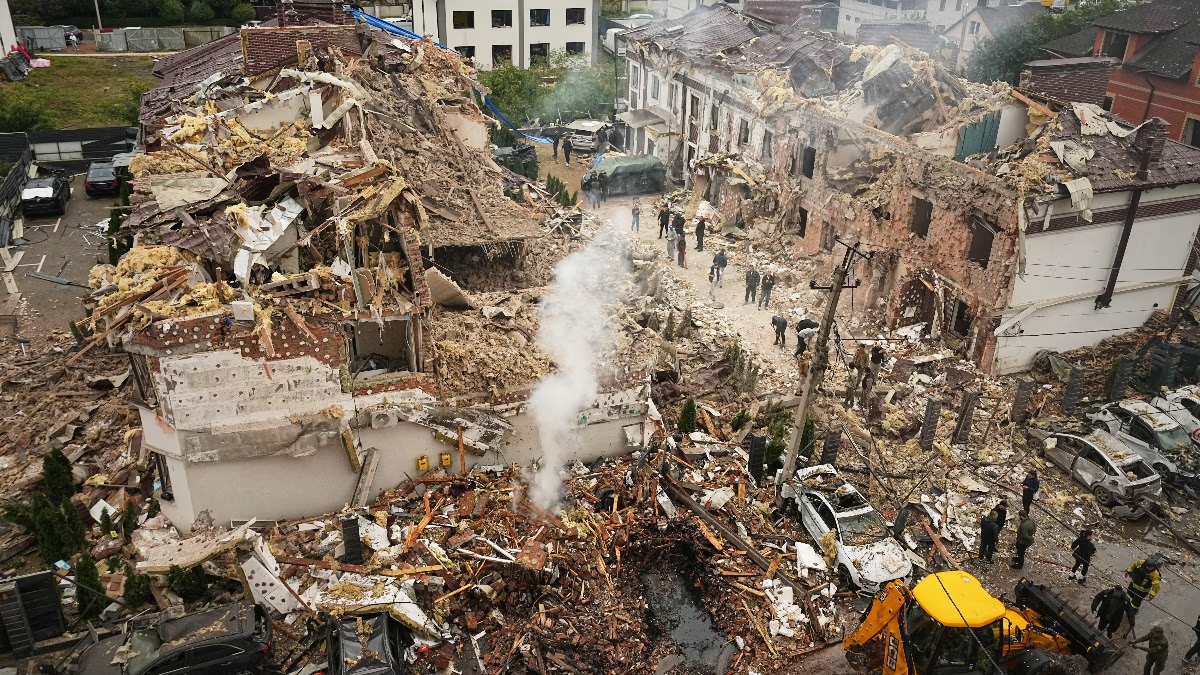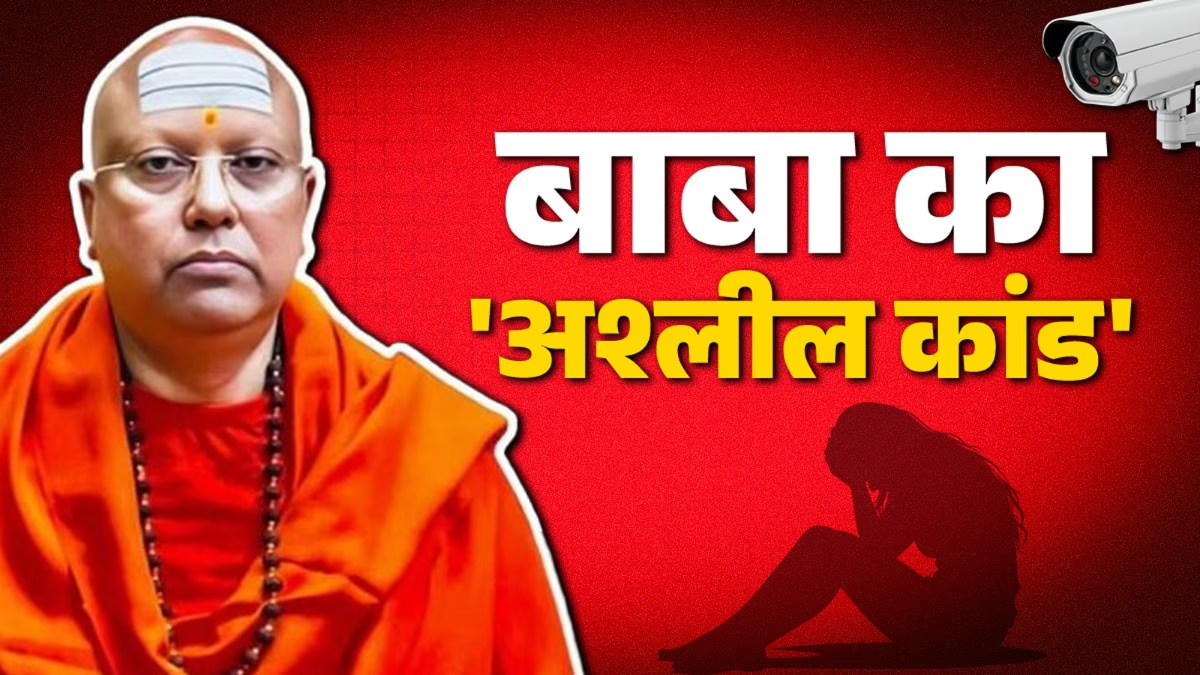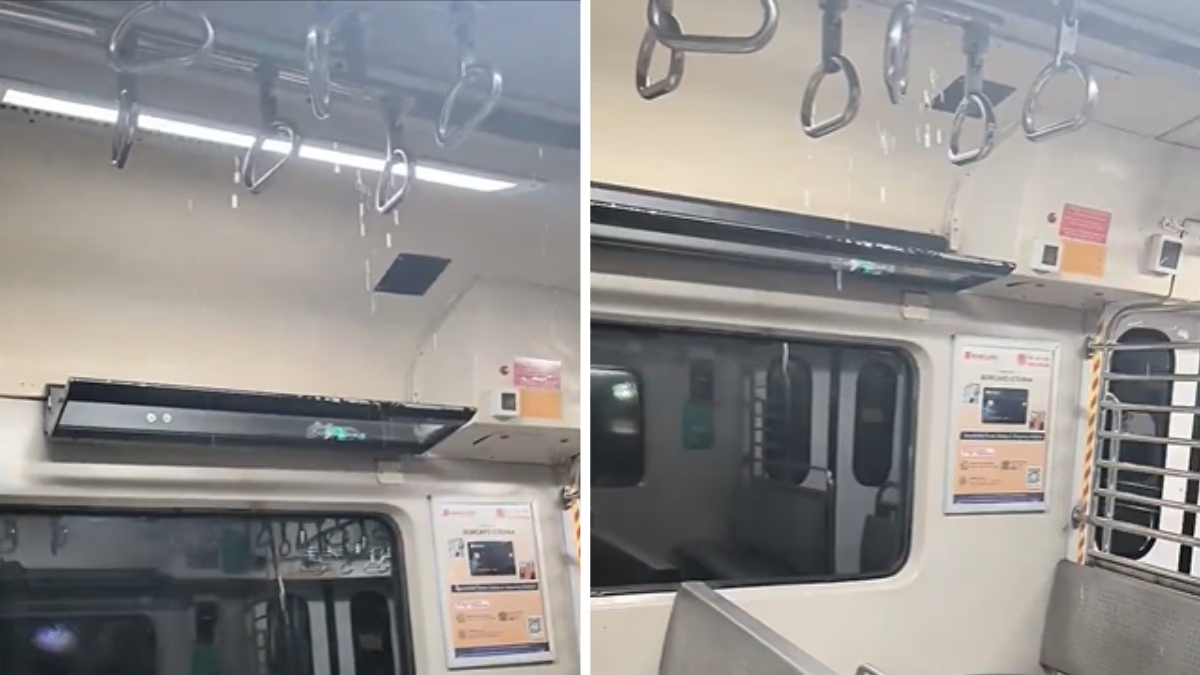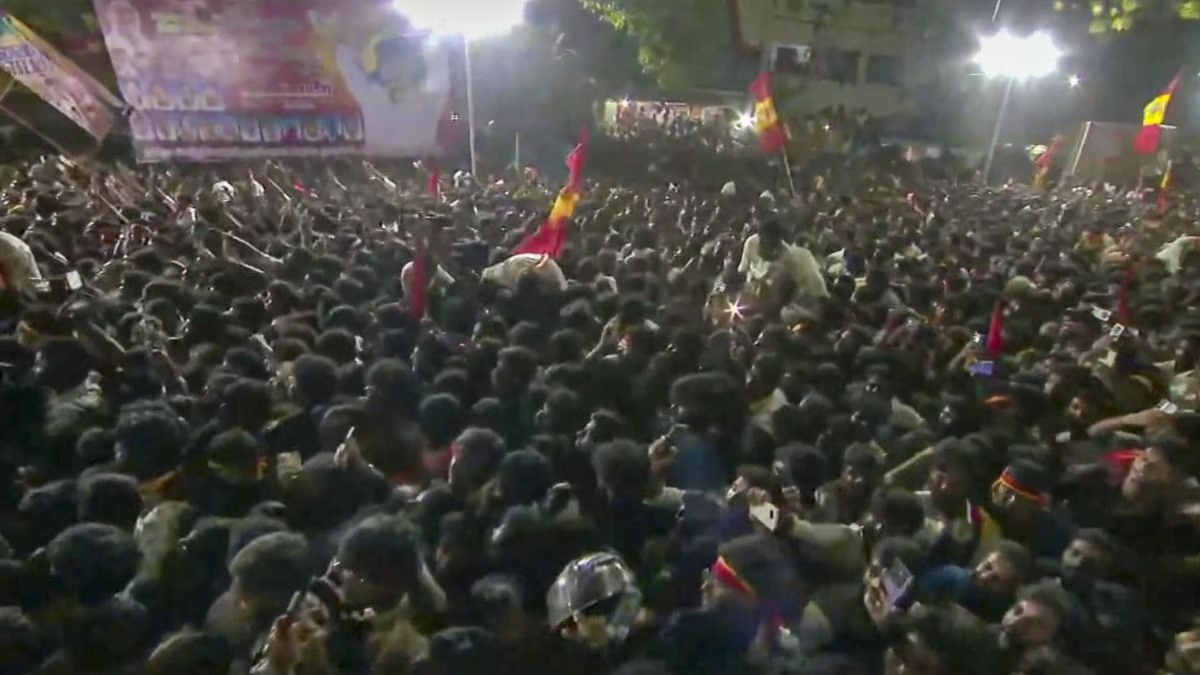In 2019, when Jammu and Kashmir became a Union Territory and Article 370 was revoked, the region is now gearing up for its first assembly elections in a decade. The results of the three-phase elections for 90 seats are expected to be announced on October 4. This will be the first time the people of Jammu and Kashmir will vote in the assembly elections since 2014.
The delimitation in 2022 increased the number of assembly seats in Jammu and Kashmir to 90, including 47 in the Kashmir valley and 43 in Jammu. In 2019, Jammu and Kashmir were made a Union Territory, vesting significant powers in the Lieutenant Governor. This decision curtails the powers of the elected assembly.
First Major Test of Political Change
This assembly election will be the first major test of political change in the region after Jammu and Kashmir's special status was revoked. The elections will be a crucial indicator of political sentiment in the region, which has undergone substantial changes in the last decade.
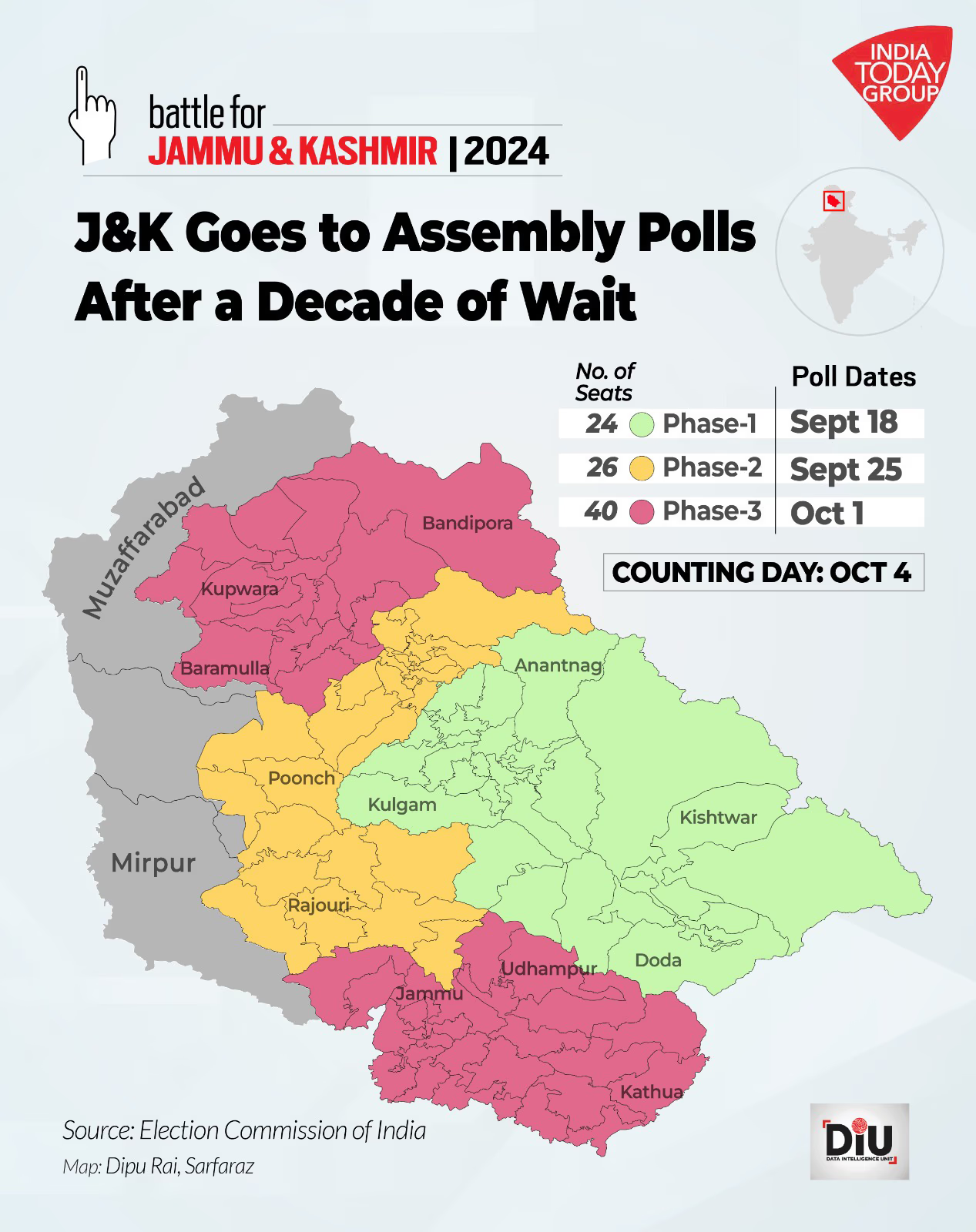
Source: aajtak
The last assembly elections in Jammu and Kashmir were held in 2014, with voting for 87 assembly seats. Following delimitation, there are now 90 seats. In the 2024 general elections, a turnout of 65.52 percent was recorded in Jammu and Kashmir.
2014 Assembly Elections
The 2014 assembly elections recorded a high voter turnout of 65.52 percent. The People's Democratic Party (PDP) emerged as the largest party with 28 seats, while the Bharatiya Janata Party (BJP) won 25 seats.
Farooq Abdullah's National Conference won 15 seats, and the Congress secured 12 seats. Seven seats went to smaller parties and independents. However, no party achieved a majority in the 87-seat assembly, leading to the formation of a coalition government.
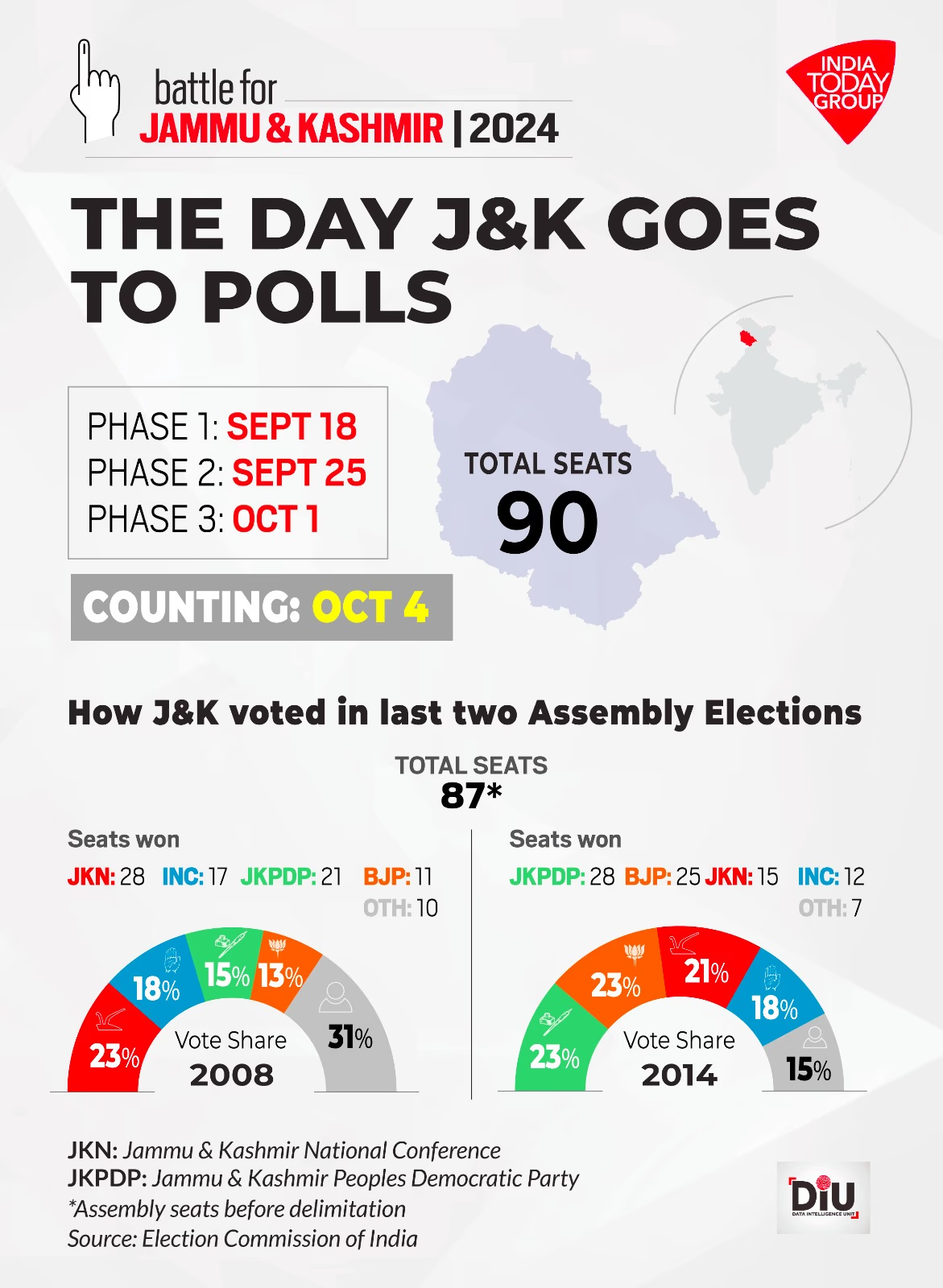
Source: aajtak
What Has Changed Since 2014?
The political landscape of Jammu and Kashmir has dramatically changed. The revocation of Article 370 in 2019 ended the special state status and converted it into a Union Territory. In 2022, a delimitation process increased the number of assembly seats to 90, adding new constituencies in districts like Samba, Rajouri, and Kathua in Jammu. In Kashmir, Kupwara received an additional seat.
The assembly seats in Jammu and Kashmir have undergone several rounds of delimitation in 1957, 1966, 1975, and 1995. The last process was based on the 1981 census, laying the groundwork for the 1996 state elections.
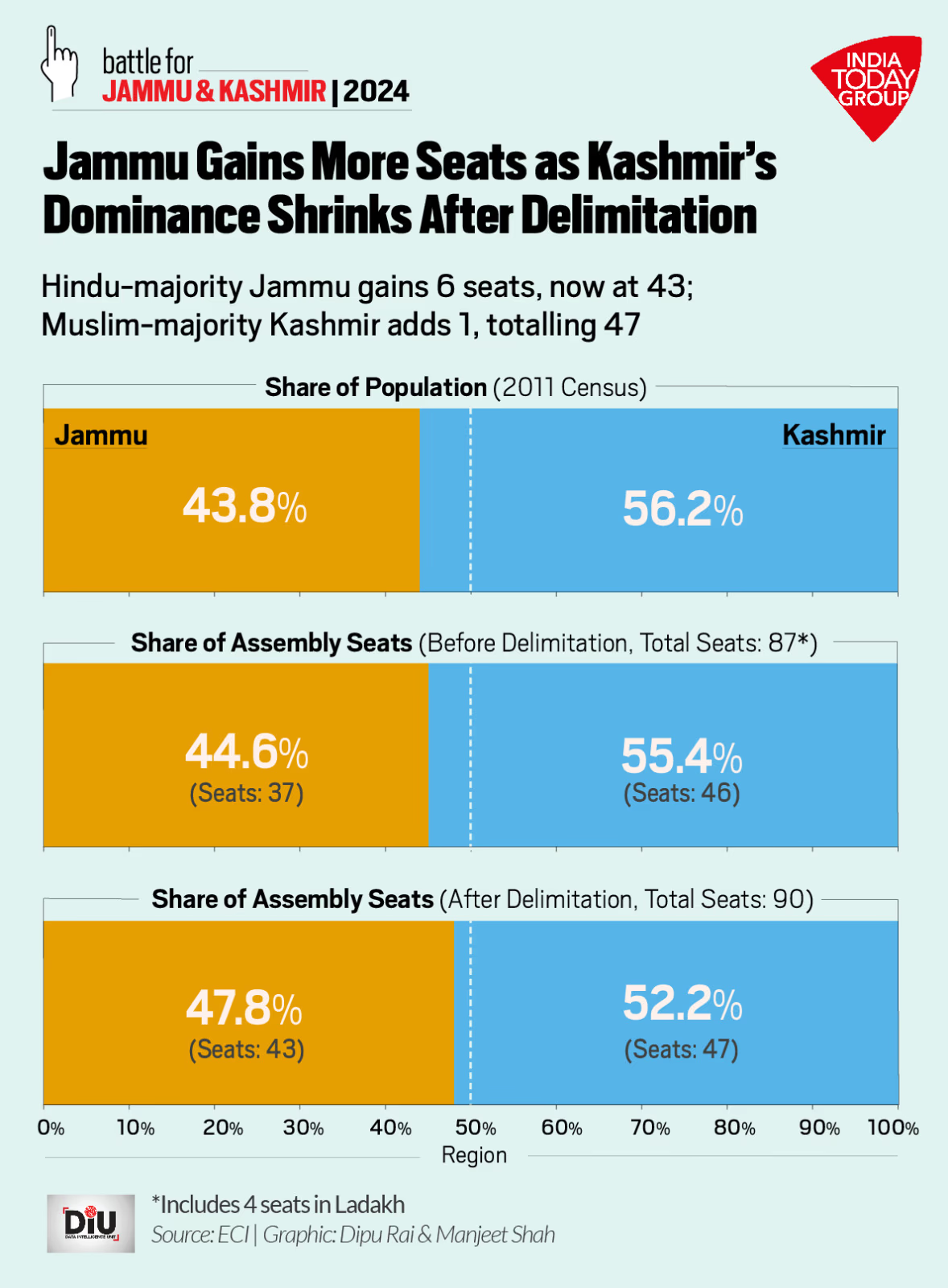
Source: aajtak
Powers of the Lieutenant Governor
Since 2019, the Lieutenant Governor holds significant powers in crucial areas, including decisions related to the police and land. The authority of the elected assembly has been reduced, requiring the Lieutenant Governor's approval for most decisions.
As They Say, Better Late Than Never
These elections will add a new chapter to the political history of Jammu and Kashmir. According to the Election Commission of India, conducting elections in the northern districts of Kashmir will be challenging due to the region's sensitivity.
Omar Abdullah, Vice President of the National Conference, welcomed the Election Commission's decision to hold the assembly elections in three phases and called it long-overdue. Abdullah stated, 'The people of Jammu and Kashmir have been waiting for this day for a long time. But as they say, better late than never.'
What Lies Ahead for Jammu and Kashmir?
As preparations for the elections advance, analysts closely monitor the voters' mood in the regions affected by the delimitation changes. The results will determine the future governance of Jammu and Kashmir under its Union Territory status.
After a decade of political transformation, Jammu and Kashmir will finally elect its assembly. The results will reveal how the people view their new government, the new governance structure, and their place within it.
